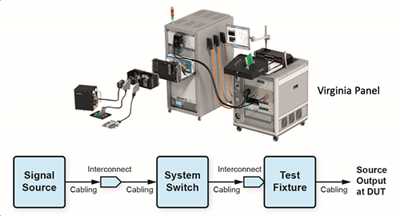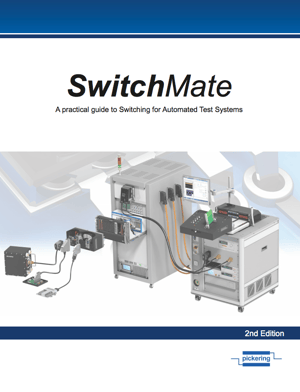For those of you who are new to functional test or beginning a new project, you have some “homework” to do. Before placing your first purchase order for signal switching, you need to understand what you are testing. After all, no one relay works from DC to 67 GHz, nor can you find a relay that switches millivolts to kilovolts – your electronic test specifications will help determine what relay types are to be used and configurations are needed and where they are needed. In addition, the test spec will identify what type of measurements you will be making. That will help determine what switching configurations will be necessary (more on that in a later post).
Download or request a hard copy of our FREE SwitchMate eBook for an overview of switching for automated test systems.
So, to begin, here is a list of questions to ask as you review test specifications or when you talk to Product Engineering about any requirements:
- What are the highest and lowest voltages that will be switched?
- How many channels of each?
- What are the highest and lowest currents that will be switched?
- How many channels of each?
- What frequency ranges will be generated or measured?
- How many channels of each?
- In the case of higher frequencies, what is the least acceptable crosstalk and isolation that the test system must provide? This can be critical when monitoring signal protocols embedded in the RF signal. We have seen instances where a poorly specified RF switch caused corruption of a signal because of crosstalk.
- How many channels of each?
- What is the average #of times that a switch will be actuated over the course of one test cycle? This is important when calculating the life of a switching module over the course of many tests (more on this in a later post).
One more thing to consider when reviewing test specifications; make sure you are working closely with the design and manufacturing engineers. There may be some negotiations as to how much test is allowed or budgeted for. For example, how much time is being allocated for each test cycle? If the test takes too long, the only solutions are more test systems or how much testing can be cut to reduce test cycle time and still get a quality product out the door. There is no hard and fast rule here. Just make sure that everyone knows what kind of test you are creating.
Want to learn more about switching for automated test? Download our SwitchMate eBook.

View the next post in this series, "Electronic Testing 101: The Different Types of Relays and their Specs" >>